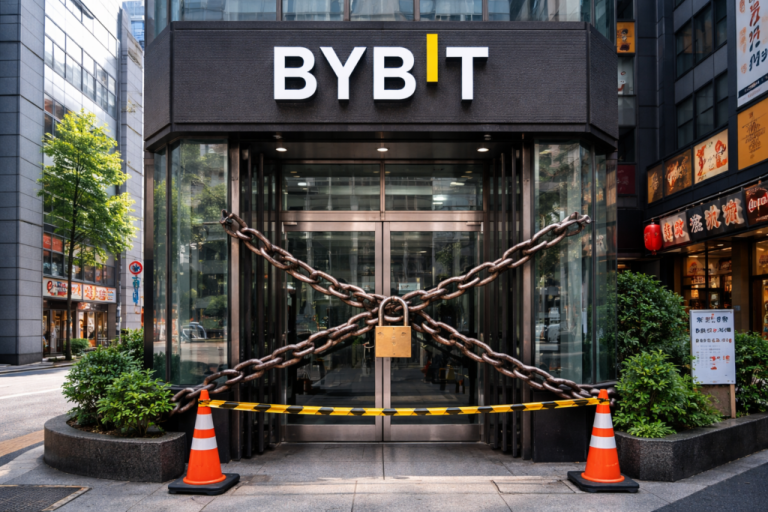
“`html
The evolution of e-commerce is a dynamic journey, and as we approach 2025, it is essential to understand how this sector is transforming. E-commerce has revolutionized the way we shop, enabling consumers to purchase products and services from the comfort of their homes. This article delves into the anticipated trends and technologies that will shape the future of online shopping. For more insights, check out The Evolution of E-commerce by 2025.
1. The Rise of Mobile Commerce
Mobile commerce, or m-commerce, is set to dominate the e-commerce landscape by 2025. With the increasing penetration of smartphones and mobile devices, consumers are more inclined to shop on-the-go. Retailers are optimizing their websites for mobile devices and investing in mobile apps to enhance user experience. As a result, mobile transactions are expected to account for a significant portion of total e-commerce sales.
2. Personalization and Customer Experience
Personalization will be a critical factor in e-commerce success. By 2025, businesses will leverage advanced data analytics and artificial intelligence to deliver tailored shopping experiences. From personalized product recommendations to targeted marketing campaigns, companies will focus on understanding consumer behavior to enhance customer satisfaction and loyalty. This shift aligns with the emerging trends in sustainable living.
3. The Impact of Social Commerce
Social media platforms are increasingly becoming shopping destinations. By 2025, social commerce will play a pivotal role in e-commerce strategies. Brands will utilize social media to engage with consumers, promote products, and facilitate seamless purchasing experiences directly through these platforms. Features like shoppable posts and in-app purchasing will further blur the lines between social interaction and online shopping.
4. Advancements in Payment Solutions
The payment landscape is evolving, with new technologies enhancing transaction security and convenience. By 2025, we expect to see the widespread adoption of digital wallets, cryptocurrencies, and biometric payment systems. These innovations will streamline the checkout process, reduce cart abandonment rates, and increase consumer confidence in online transactions.
5. Sustainability and Ethical Practices
As consumers become more environmentally conscious, e-commerce businesses will need to adopt sustainable practices. By 2025, we anticipate a significant shift towards eco-friendly packaging, carbon-neutral shipping options, and transparent supply chains. Brands that prioritize sustainability will resonate with consumers, leading to increased loyalty and market share. For more on this topic, explore Sustainable Living: Emerging Trends for 2025.
Conclusion
The evolution of e-commerce by 2025 will be shaped by technological advancements, changing consumer preferences, and a focus on sustainability. Retailers must adapt to these trends to thrive in an increasingly competitive landscape. As we look ahead, staying informed about these developments will be crucial for both businesses and consumers.
“`



